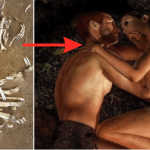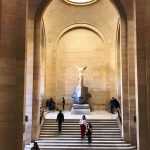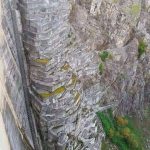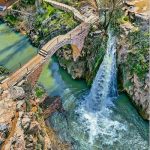Ancient Underground Water Tank at Hagia Sophia: Medusa Heads as Pillar Bases

Beneath the iconic Hagia Sophia in Istanbul, Turkey, lies a hidden marvel that has captivated historians, archaeologists, and visitors alike: a colossal, cathedral-sized water tank known as the Basilica Cistern. This ancient subterranean structure, which dates back to the 6th century, was constructed during the reign of Byzantine Emperor Justinian I to store and supply water to the Great Palace of Constantinople and surrounding buildings. Despite its impressive size and historical significance, the existence of the cistern was forgotten for centuries. When it was eventually rediscovered, explorers were astonished to find fish swimming in its dark, watery depths.
One of the most intriguing features of the Basilica Cistern is its use of several heads of Medusa as pillar bases. For the past 1,500 years, these striking stone sculptures have supported the weight of the massive underground chamber. The origin of the Medusa heads remains a mystery, although it is widely believed that they were repurposed from earlier Roman ruins. These heads are positioned upside down or sideways, a deliberate choice thought to inhibit the power of the Gorgon Medusa’s gaze, which, according to Greek mythology, could turn onlookers to stone.
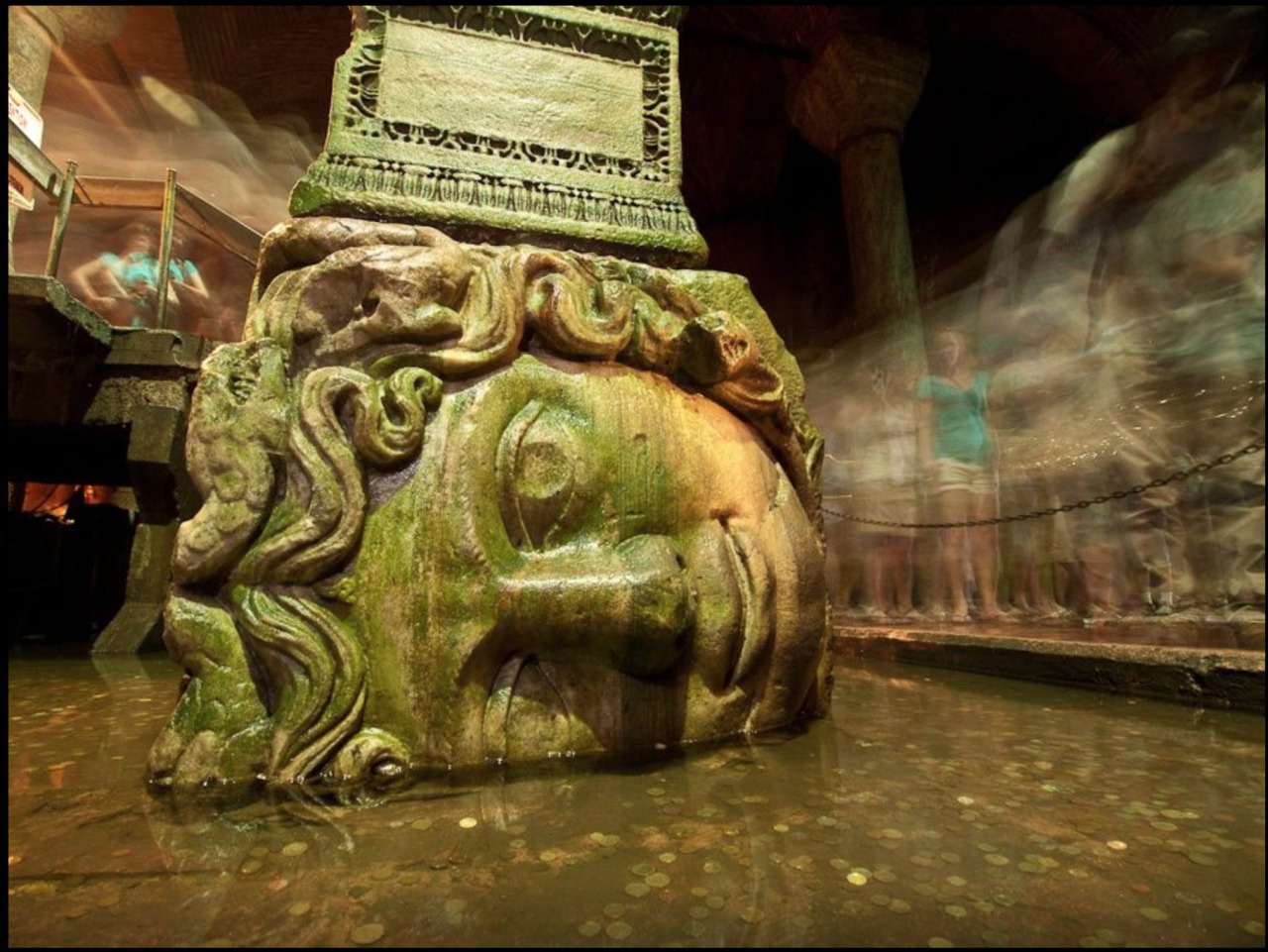
The Basilica Cistern itself is a testament to the engineering prowess of the Byzantine Empire. Measuring approximately 138 meters by 65 meters, it has the capacity to hold up to 80,000 cubic meters of water. The ceiling of the cistern is supported by 336 marble columns, each standing about 9 meters high, arranged in 12 rows of 28 columns. These columns were likely recycled from various older buildings, a common practice in ancient construction. The grandeur and scale of the cistern have earned it the nickname “the Sunken Palace.”
Despite being situated directly beneath the Hagia Sophia, the cistern’s existence faded from public memory over the centuries. It wasn’t until the mid-16th century that the cistern was rediscovered by Petrus Gyllius, a French scholar who was researching Byzantine antiquities. Local residents had long known of its presence, accessing its water through holes in their basements and even fishing from these openings. Gyllius’ exploration revealed the cistern’s true extent and historical importance, bringing it back into the light of scholarly attention.
The rediscovery of the Basilica Cistern unveiled not just an architectural wonder but also a thriving ecosystem. Explorers who ventured into the cistern found fish inhabiting its waters, a testament to the structure’s enduring connection to the natural world. The presence of fish in such an enclosed, artificial environment highlights the adaptability of aquatic life and adds another layer of intrigue to the cistern’s story.
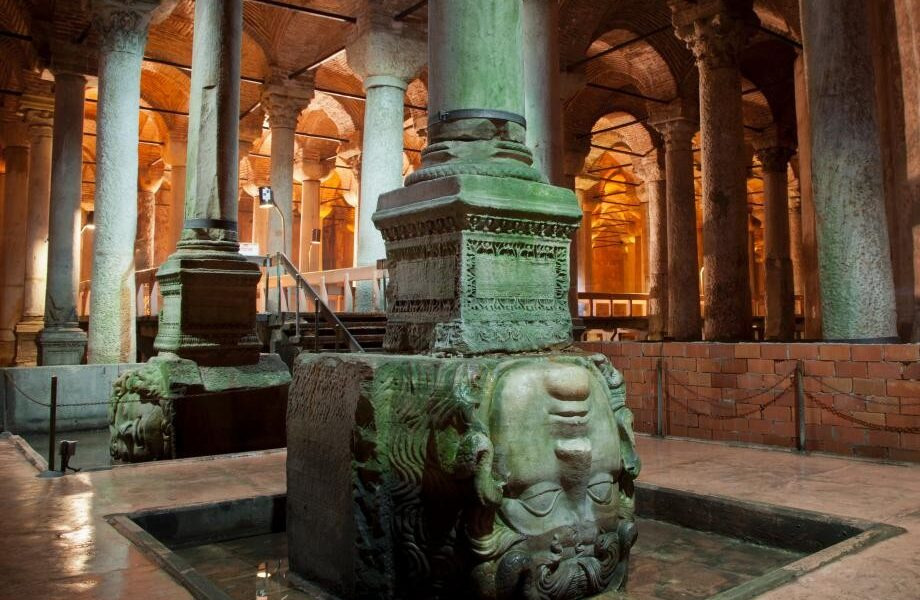
The Medusa heads within the Basilica Cistern are particularly captivating. Positioned to nullify Medusa’s legendary power, these heads reflect the intersection of myth, superstition, and practical engineering. The decision to use these heads in such a manner suggests a symbolic gesture to protect and fortify the cistern, blending pagan imagery with the Christian context of the Byzantine Empire.
Today, the Basilica Cistern is one of Istanbul’s most popular tourist attractions, drawing visitors from around the world who come to marvel at its ancient engineering and atmospheric beauty. The cistern’s dimly lit interior, with its forest of columns rising from the water, creates an otherworldly ambiance that transports visitors back to a time when the boundaries between myth and reality were fluid and intertwined.
In conclusion, the Basilica Cistern beneath the Hagia Sophia is a remarkable relic of Byzantine engineering and a symbol of the enduring legacy of ancient civilizations. The use of Medusa heads as pillar bases, their origins shrouded in mystery and myth, adds a layer of fascination to this subterranean marvel. Forgotten for centuries, the cistern’s rediscovery has allowed modern explorers to reconnect with a hidden chapter of Istanbul’s rich history, offering a glimpse into the ingenuity and imagination of our ancestors.


